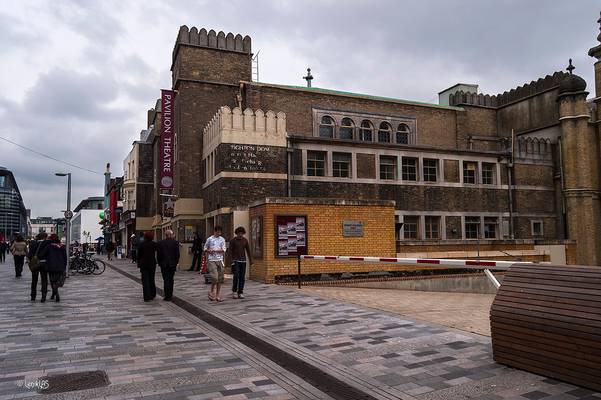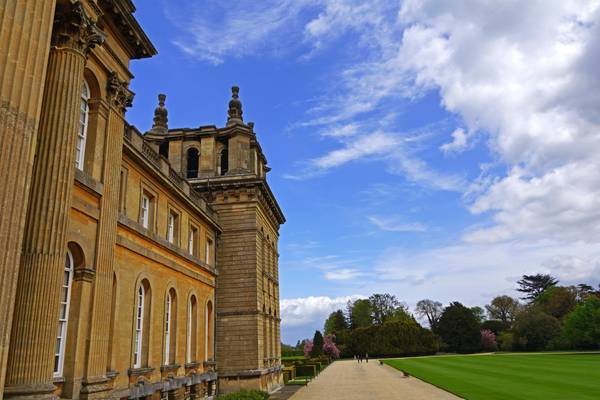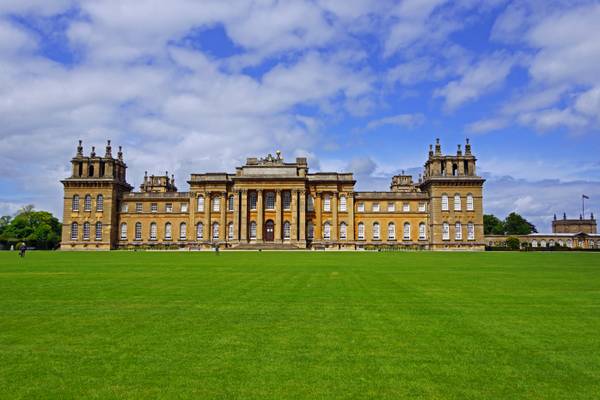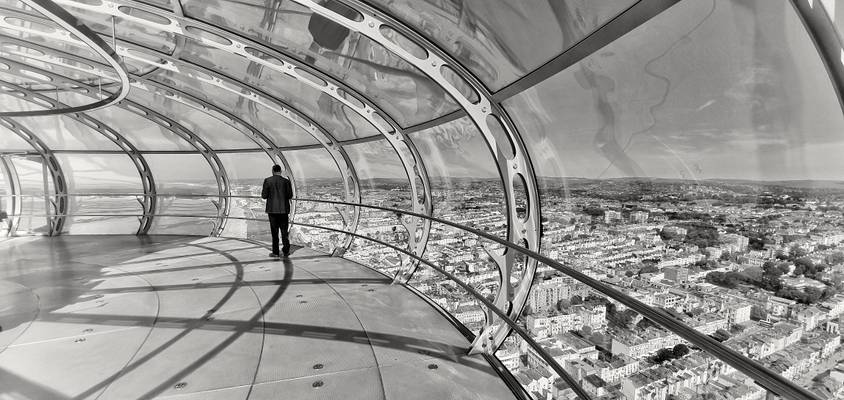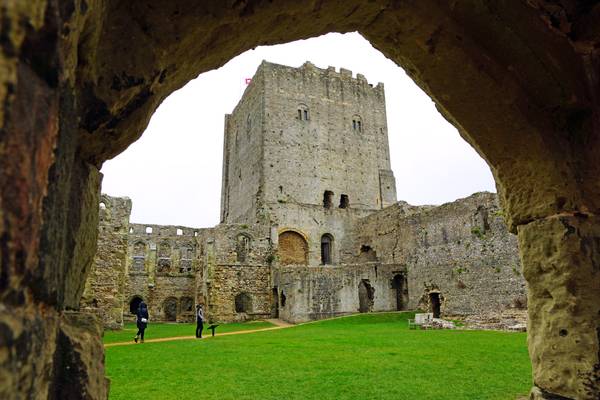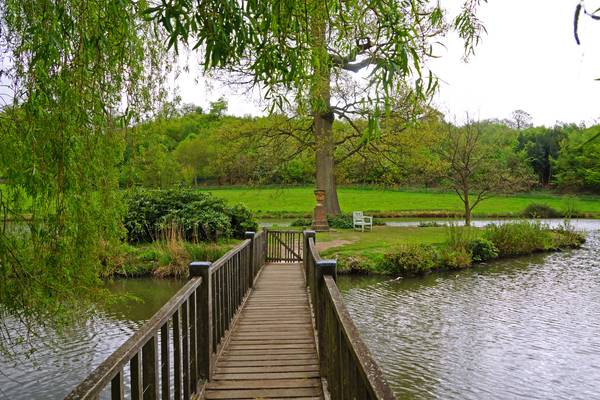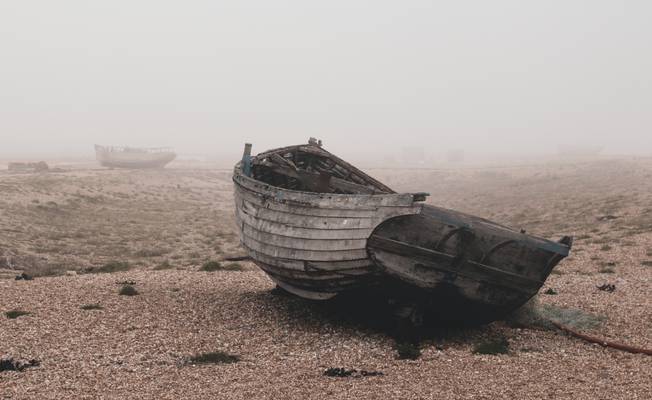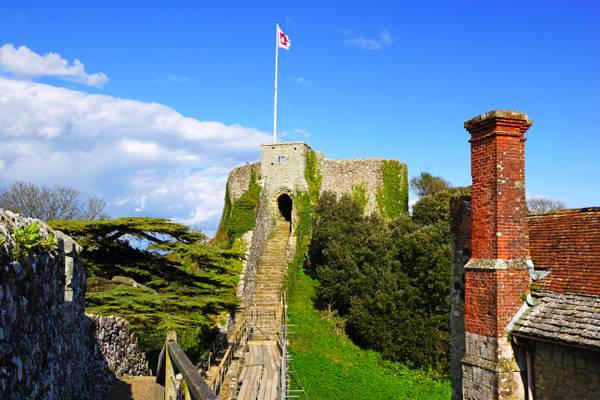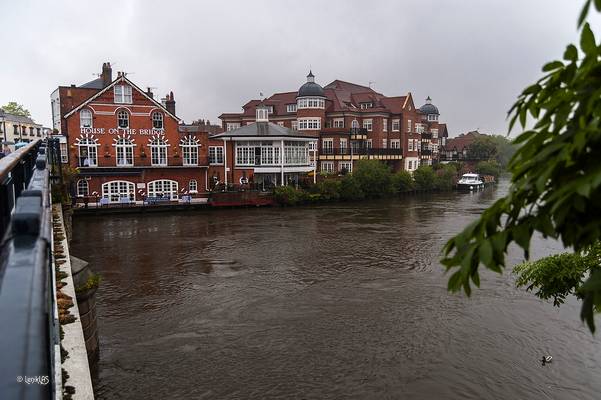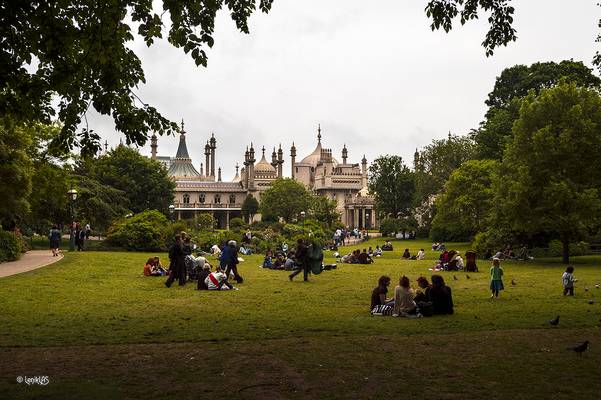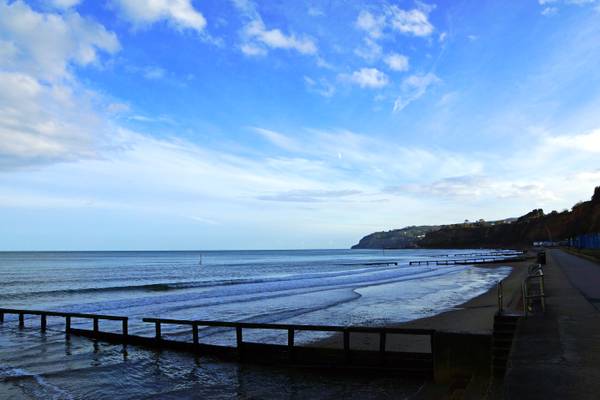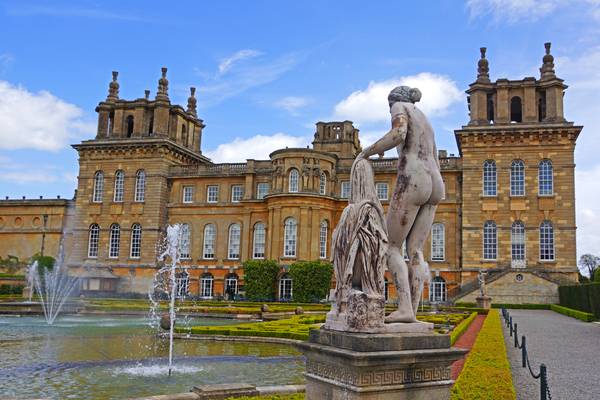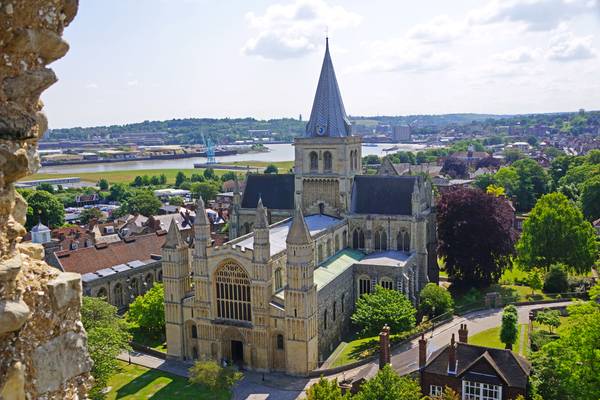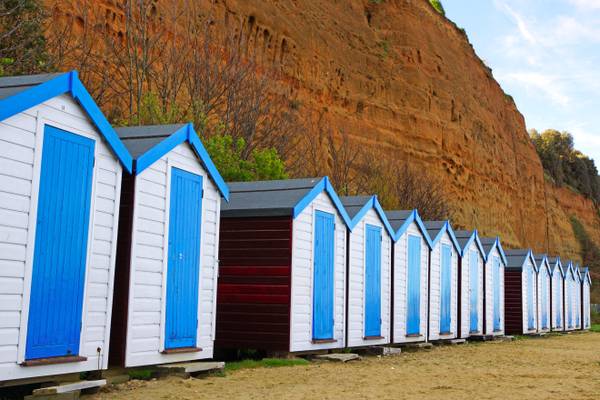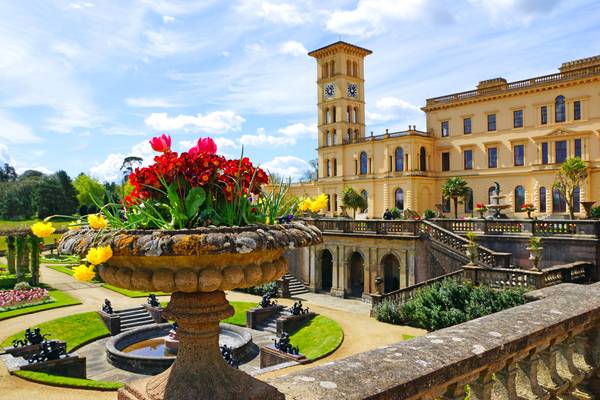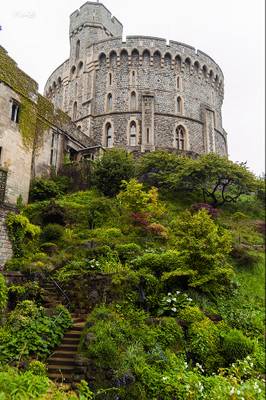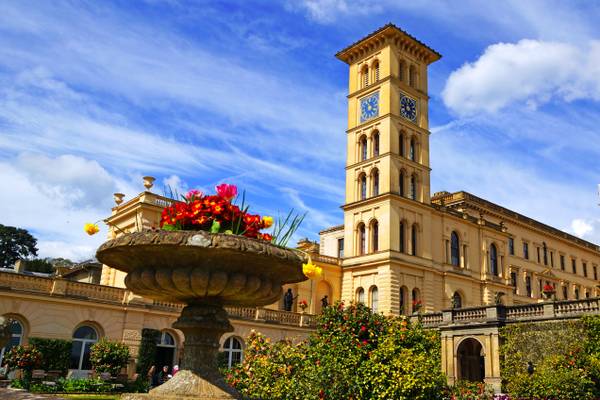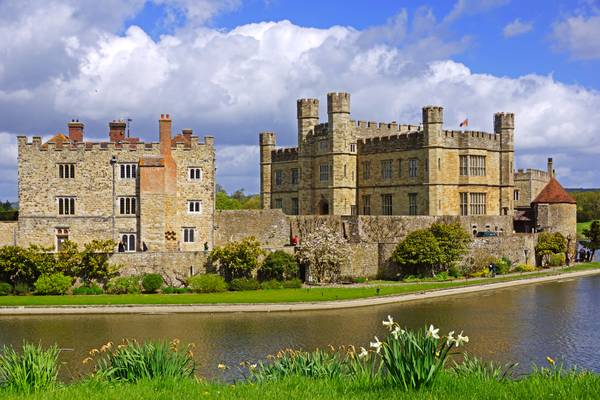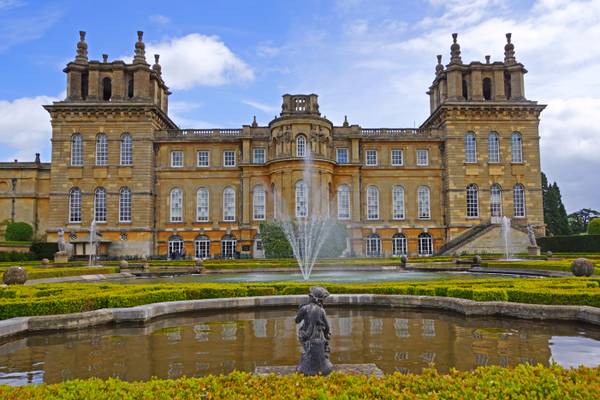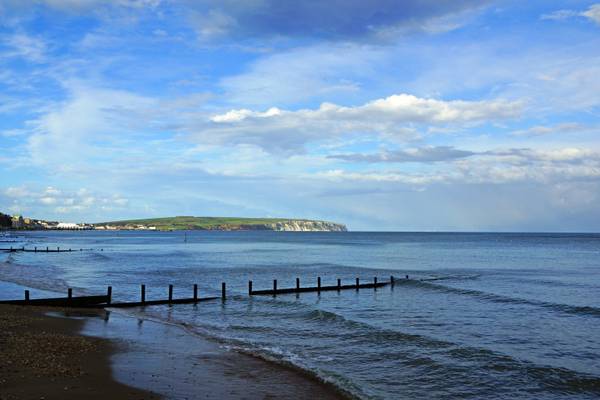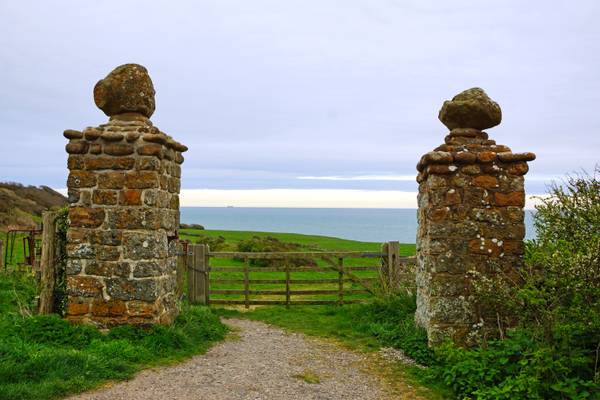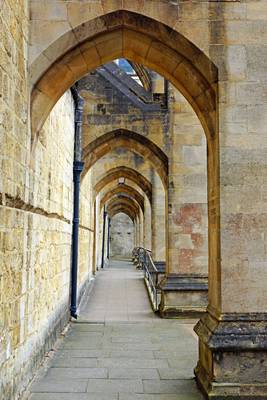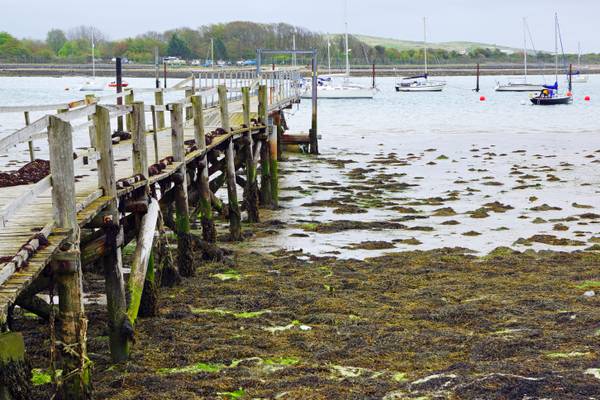
South East

by jim stephenw
Long exposure photo taken on an overcast and dull morning, May 2019. In April 1865 The Eastbourne Pier Company was formed with a working capital of £15,000. Work began in April 1866; four years later Lord Edward Cavendish opened the pier, although it wasn’t completed until 1872. The pier is 300 meters long and built on stilts, which rest in cups on the seabed allowing the whole structure to move during rough weather. The pier’s entrance was originally built on the lower promenade, but due to the rough storms in 1877 it was swept away; it was then rebuilt at a higher level. In 1888 a 400-seater domed pavilion was built and just two years later a 1000-seater theatre, bar, camera obscura and office suite replaced it, that same year two saloons were built in the midway. During the Second World War decking was removed to host machine guns to provide a useful advantage point to repel enemy landings. In December 1942, an exploding mine caused considerable damage to the pier and nearby hotels; it had been tied to the stanchions by the local police, who were under the mistaken impression that it was fitted with a safety device. The 1000 seat theatre was then destroyed by a fire in 1970 and was replaced with an evening entertainment venue that has since become home to Atlantis Nightclub and The Waterfront Cafe/Bar. In 2014 the pier caught fire again, this time destroying the large arcade and saloons in the midway. After this the buildings were then dismantled and it was created into an open deck area. Mr Sheikh Abid Gulzar a local hotelier brought the pier in November 2015 and has since renovated it.
Information taken from www.eastbournepier.com

by Zoltan Tasi
Founded in 597, the cathedral was completely rebuilt between 1070 and 1077. The east end was greatly enlarged at the beginning of the 12th century, and largely rebuilt in the Gothic style following a fire in 1174, with significant eastward extensions to accommodate the flow of pilgrims visiting the shrine of Thomas Becket, the archbishop who was murdered in the cathedral in 1170. The Norman nave and transepts survived until the late 14th century, when they were demolished to make way for the present structures.
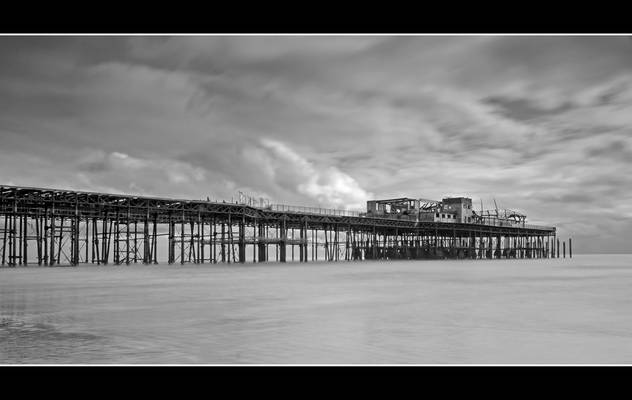
by Pete Rowbottom
View Large On Black Here Ravaged by a fire in October 2010 Hastings Pier is still for the moment in place, before the fire it was the most at risk Pier in the uk, seeing as I'd never seen it I thought I'd make an effort to come down and get some shots while still possible.
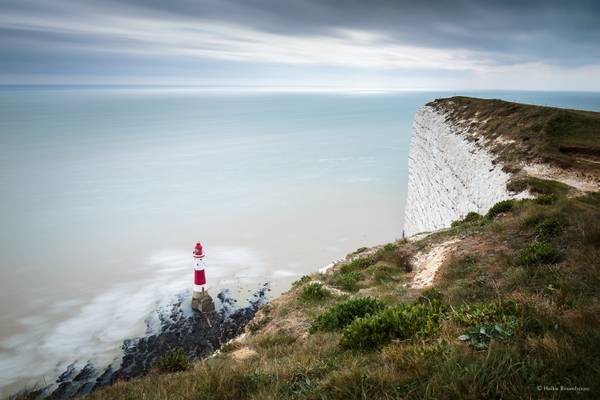
by Heike Rosenbaum
Beachy Head Lighthouse, Eastborne, England
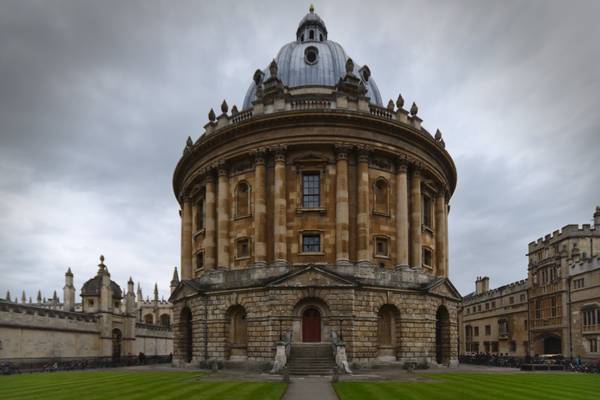
by Rob Oo
Radcliffe Camera, Oxford, UK.
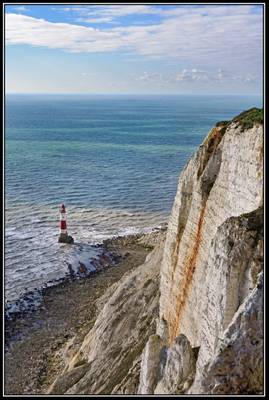
by Pete Rowbottom
View Here On Black Classic South Coast location complete with chalk cliffs, there can't be many places in the UK where you get to look directly down onto a lighthouse in the sea. Certainly not that I've come across.
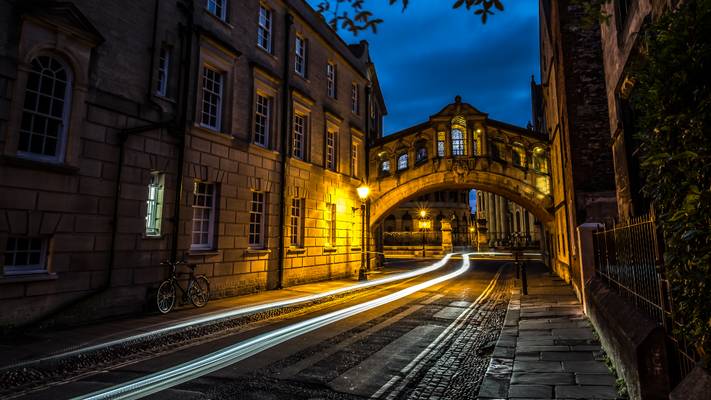
by Giuseppe Milo
If you like my pictures please support me buying a print from my shop www.pixael.com/en/pictures thanks!
You can follow me on https://www.facebook.com/giuseppemilophoto https://twitter.com/pixael_com https://instagram.com/pixael/

by Zoltan Tasi
The Old Weavers House takes its name from the influx of Flemish and Huguenot weavers who settled in the area after fleeing from religious persecution during the 16th and 17th centuries. Elizabeth I granted the Flemish weavers the right to establish their businesses in Canterbury, and they are known to have used this and other similar buildings nearby.
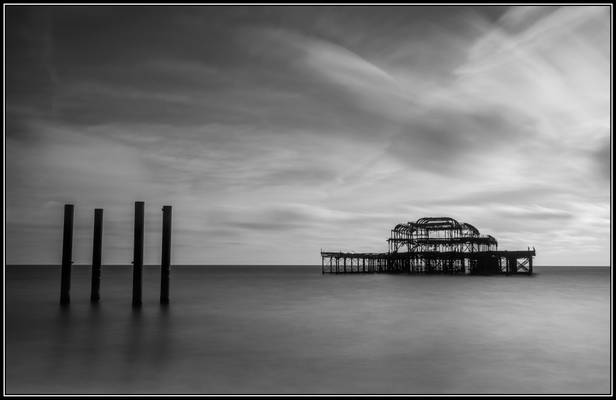
by Pete Rowbottom
West Pier, Brighton, or what is left of it.....The fantastic old Victorian structure now seemingly doomed to succumb to the weather, most probably beyond saving now so it will slowly dissapear bit by bit into the ocean, I'd wanted to shoot some big cloud movement over here but on this day visit this was as close as I got, as the day wore on the cloud slowly vanished, this one was as good as I got on the day just after I arrived, another trip needs to be planned to shoot it early morning as the sun for the remainder of the day seems to be in exactly the wrong place until it sets. It's a very eerie place especially in dull weather, but makes for fascinating images, while it's still with us....
View my most interesting shots on Flickriver here: www.flickriver.com/photos/pete37038/popular-interesting/
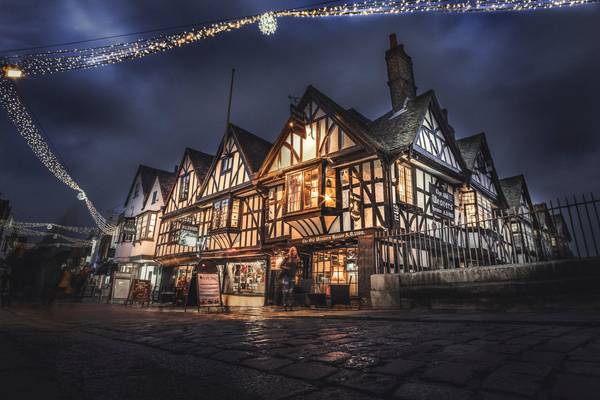
by Zoltan Tasi
The Old Weavers House takes its name from the influx of Flemish and Huguenot weavers who settled in the area after fleeing from religious persecution during the 16th and 17th centuries. Elizabeth I granted the Flemish weavers the right to establish their businesses in Canterbury, and they are known to have used this and other similar buildings nearby.
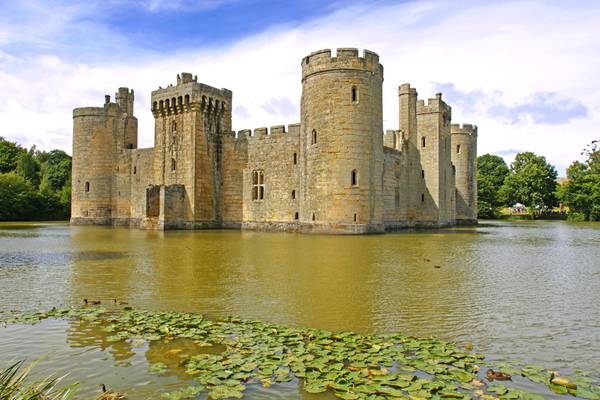
by Andrey Sulitskiy
Explore Jul 2015

by Michael Kight
I’m still recovering from surgery of 12 days ago, but, after a minor setback, I’m feeling little to no pain and getting stronger by the day. By spring, I should be totally healed, further strengthened, and good to go carrying gear on our mountain trails… but for the next couple of weeks, I can’t lift anything heavier than a gallon of milk, which is a true aggravation. I have an appointment with the surgeon at the end of the month… hopefully, if everything goes well between now and then, he will lift restrictions and I can get busy attempting to chisel up the physique. I need to make sure I can continue my photographic aspirations sans “Sherpas” for years to come because Joyce won’t carry gear!
So, my current condition is good for sorting out images from our trip to England that I’ve yet to post. This one is of the gardens on the grounds of Arundel Castle. After touring through 700 miles of England, we caught up with Peter (www.flickr.com/photos/diskdoc) and his lovely friend Sandra… they really went out of their way for us and made Arundel Castle second on the camera agenda, and what a fascinating place it was! It was a typically English rainy day, so Joyce toured the castle with Peter and Sandra. I chose to take advantage of the weather here in the gardens… the structure you see here isn’t the castle, but rather a chapel on the grounds. The castle was some distance away, and as we were somewhat limited in our time there, Joyce texted to inform me where they were within the castle and inquired as to my location… “The gardens.” Just keeping it real. It’s somewhat funny to me that when we go to places, like Costco, for instance, something catches her eye and she walks off without me knowing that she’s left me. So, I text her with, “Where am I?” See what a good husband I am? I know it’s my fault for not keeping up! Sorry, my ADD kicked in… could be cabin fever… back to the issue at hand: It was a bit windy, too, so I had to open the f-stop a bit more than I would normally care to in this type of image. Yet, I find this image not only appealing, but also, it’s given me ideas for furthering my own garden projects… my castle’s only a little more than 1,200 square feet, however… I have work to do!
Thanks to all Phoide contributors to South East!
Most notably Andrey Sulitskiy, Lenis Las, jim stephenw, Giuseppe Milo and Pete Rowbottom.


